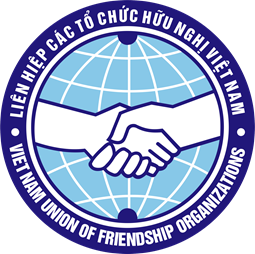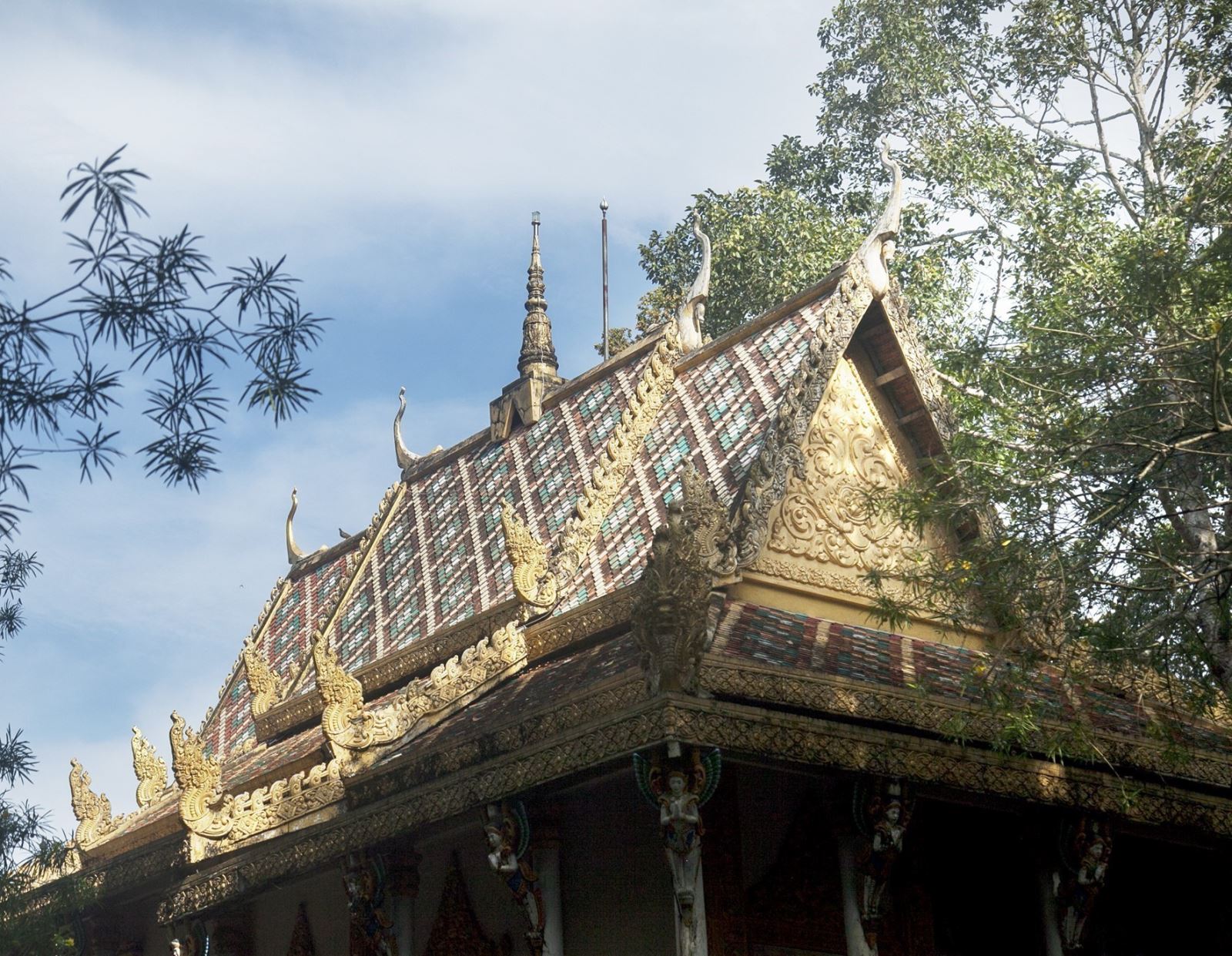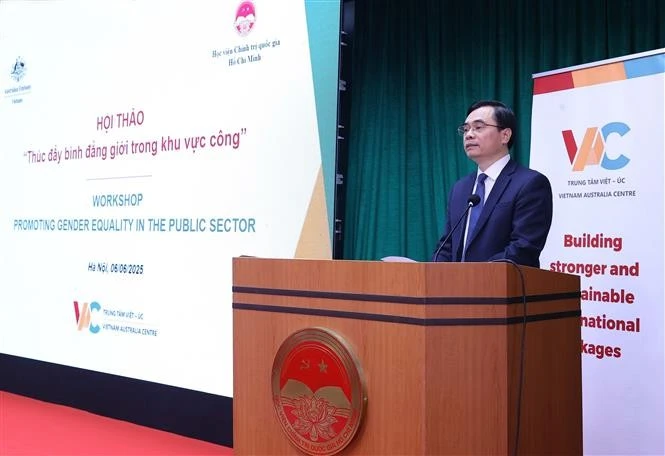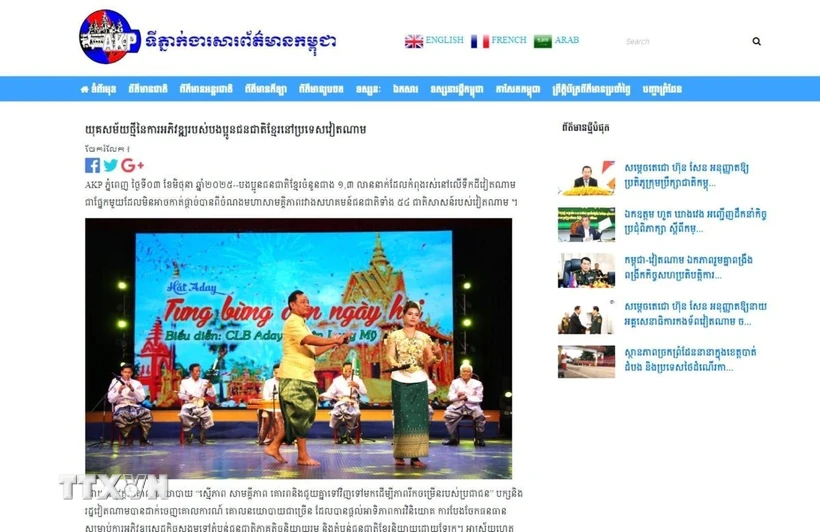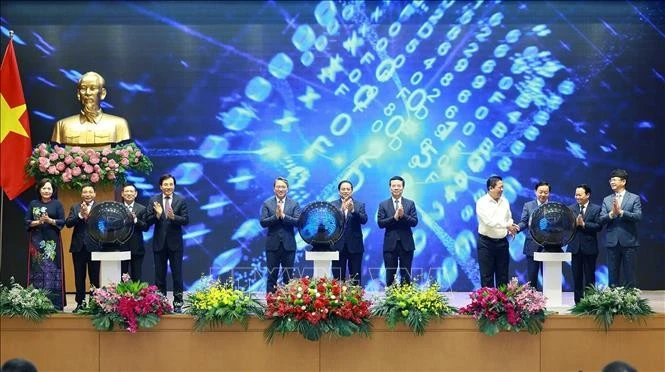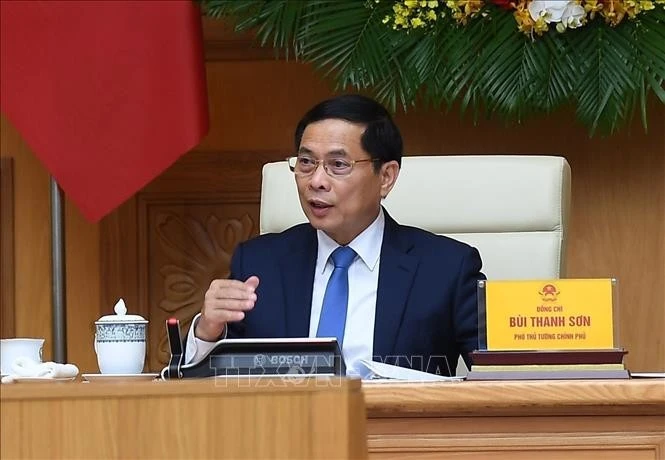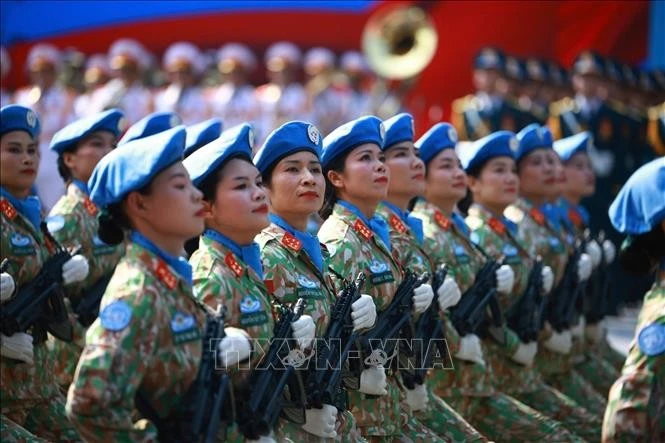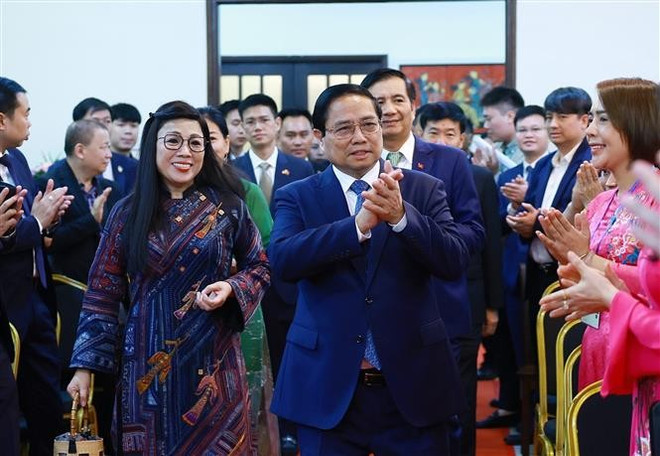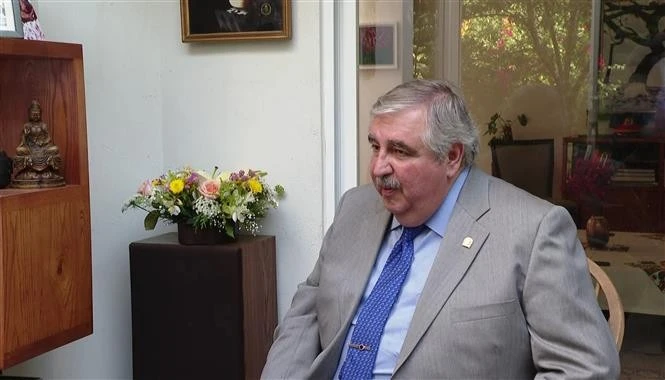Mekong Delta Khmer Communities embrace vitality
For generations, the Khmer ethnic group in southern Vietnam has formed an integral part of the great national unity bloc.

A performance of traditional Khmer dances. (Photo: VNA)
In line with the consistent policy of “equality, solidarity, mutual respect and mutual support among ethnic groups,” the Party and State have launched numerous initiatives and programmes prioritising investment and resources for socio-economic development of ethnic minority-inhabited areas. Thanks to these efforts, areas with high Khmer populations have been given a facelift since the liberation of the south and national reunification 50 years ago.
Once among the poorest provinces in the Mekong Delta, Tra Vinh—where Khmer people make up 32% of the local population—has achieved significant development milestones in recent years, thanks to efforts of all-level authorities and local residents.

Khmer farmers in Tra Vinh prosper on their homeland. (Photo: VNA)
Most Venerable Thach Sok Xane, Vice President of the Vietnam Buddhist Sangha’s Executive Council and Chairman of the Patriotic Monks’ Solidarity Association of Tra Vinh, said with the attention from the Party and State, Khmer communities are enjoying better living standards.
Tens of thousands of Khmer households there have received assistance in housing, land, concessional loans, and vocational training through national target programmes on sustainable poverty reduction, new-style rural area building, and socio-economic development in ethnic minority-inhabited areas.

Many households in Tra Cu district, Tra Vinh province have escaped poverty thanks to support policies. (Photo: VNA)
Under the National Target Programme for Socio-Economic Development in Ethnic Minority and Mountainous Areas (2021–2025), at the end of 2024, Tra Vinh completed over 200 rural transport projects, lifted all communes out of the ‘extremely disadvantaged’ status, provided housing and residential land to more than 1,100 Khmer families, and gave vocational training to nearly 1,700 others. Inter-hamlet and inter-commune roads have been concreted, improving mobility and trade, while access to education for Khmer children has expanded.
The Khmer community has been a key force in local development. Khmer people actively observe Party guidelines and State laws and policies, participate in economic development, and contribute to building national unity. Their efforts have helped Tra Vinh become the first Mekong Delta province to complete the new-style rural area building programme.
Chairman of the Tra Vinh provincial People’s Committee
Le Van Han

The Trung Nam Tra Vinh Solar Power Plant, located in Duyen Hai township, Tra Vinh province, has a total installed capacity of 165 MWp and supplies around 250 million kWh of electricity annually. (Photo: VNA)

The Korea – Tra Vinh Wind Power Plant (in Duyen Hai township, Tra Vinh province) features 12 turbines with a total capacity of 48 MW, installed offshore with a 4.2-km access road, generating over 155 million kWh of electricity annually. (Photo: VNA)
Concerted investment, comprehensive change

Vietnam’s Truong Sa sovereignty marker on the route to the Tran De – Con Dao high-speed ferry terminal in Tran De district, Soc Trang province. (Photo: VNA)

The Tran De – Con Dao high-speed ferry terminal in Tran De town, Tran De district, Soc Trang province. (Photo: VNA)

The Tran De – Con Dao high-speed ferry. (Photo: VNA)
In neighbouring Soc Trang province, over 360,000 Khmer people—more than 31% of the local population—have seen their lives transformed thanks to focused investment and inclusive development strategies.

The traditional New Year (Chol Chnam Thmay) celebration of the southern Khmer people.(Photo: VNA)

Sa Lon Pagoda, located in Dai Tam commune, My Xuyen district, Soc Trang province, is one of the pagodas with unique architecture. Its walls, paintings, and decorative motifs are covered with broken porcelain pieces, while the guardrails are crafted from ceramic bowls. (Photo: VNA)
Muddy roads and thatched schools have given way to paved roads, solid school buildings, and fully equipped health centres.
The National Target Programme for Socio-Economic Development in Ethnic Minority and Mountainous Areas (2021–2025) has supported many Khmer households in changing livelihoods and improving incomes.
Secretary of the Soc Trang provincial Party Committee Lam Van Man affirmed the province’s commitment to upgrading cultural and social infrastructure for ethnic minority communities, scaling up effective poverty alleviation models, and preserving traditional cultural values.
The province aims to eliminate all substandard houses by the end of June 2025, with over half of the targeted homes belonging to the Khmer group. It will also focus on preserving and promoting cultural traditions, improving educational quality, and reinforcing national unity.
Soc Trang province will focus on preserving and promoting cultural traditions, improving educational quality, and reinforcing national unity.
Secretary of the Soc Trang provincial Party Committee
Lam Van Man

A photo capturing the Ngo boat racing festival of the southern Khmer community in Soc Trang, symbolising the development of ethnic culture and the joy of victory. (Photo: VNA)
Staying united to grow further
Bac Lieu, home to 17,000 Khmer households or 7.6% of the provincial population, has also made significant progress.
Chairman of the Bac Lieu Provincial People’s Committee Pham Van Thieu stated that the province’s socio-economic situation, both overall and in ethnic minority areas in particular, remains fundamentally stable and is showing positive development.
The implementation of ethnic policies and emulation movements linked to socio-economic development in ethnic minority areas has proven effective, improving the material and spiritual well-being of local residents, especially in remote and isolated regions.
Chairman of the Bac Lieu provincial People’s Committee
Pham Van Thieu
From 2021 to 2024, Bac Lieu province allocated 160 billion VND to the national target programme on sustainable poverty reduction, resulting in a 20% increase in the average income of Khmer rice-farming households compared to 2021.

Xiem Can Pagoda in Bac Lieu city is a prominent tourist attraction in Bac Lieu province. (Photo: VNA)

Mechanisation in production enhances economic efficiency and improves the lives of Bac Lieu residents. (Photo: VNA)

The traditional craft of bamboo weaving provides a stable income for many rural households in Bac Lieu. (Photo: VNA)

Crop cultivation models in Phuoc Long district (Bac Lieu) help increase household income and support economic development. (Photo: VNA)

The rural landscape in Khmer ethnic minority areas of Bac Lieu province is improving. (Photo: VNA)
Significant progress has also been made under the new-style rural area building programme, which drew total investment of 747.3 billion VND from central and local budgets. Thirteen of the 14 communes in ethnic minority areas have met all criteria for new-style rural communes, alongside several wards and towns recognised as civilised urban areas.
These positive changes are thanks to the Party and State’s forward-thinking policies and the united efforts of the people. Infrastructure investments have greatly improved living standards and access to essential services.
Danh Cao, Resident
Ninh Thanh Loi commune, Hong Dan district, Bac Lieu province
Fifty years after national reunification, Khmer communities in the Mekong Delta have undergone profound and comprehensive transformation. Once-impoverished Khmer villages have been revitalised, enjoying higher living standards, improved infrastructure, and a vibrant cultural life.
These achievements are a testament to the effectiveness of Vietnam’s sound ethnic policies and the enduring spirit, unity, and resilience of the Khmer people—who continue to contribute meaningfully to the nation’s development journey./.

Dai Ngai Bridge, which will span the Hau River, is expected to be completed by 2026. (Photo: VNA)
Source: VNA
